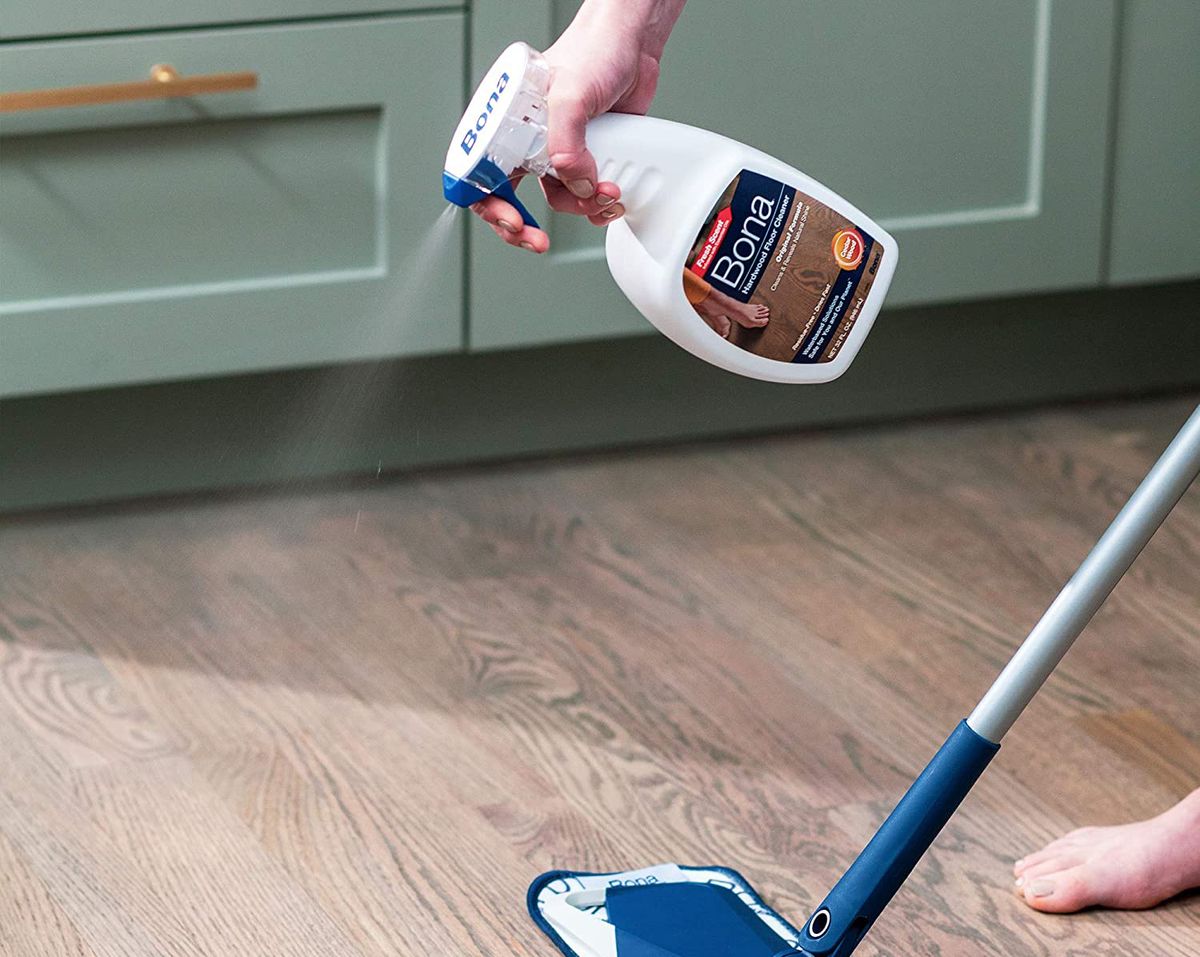

Articles
How To Clean Up Grease On Floor
Modified: December 7, 2023
Learn effective methods to clean up grease spills on your floor with these informative articles. Keep your space clean and safe.
(Many of the links in this article redirect to a specific reviewed product. Your purchase of these products through affiliate links helps to generate commission for Storables.com, at no extra cost. Learn more)
Introduction
Grease spills and stains on the floor can be a common occurrence, especially in the kitchen or workshop areas. Not only can grease make the floor slippery and hazardous, but it can also leave unsightly stains that are difficult to remove. Fortunately, with the right supplies and techniques, you can easily clean up grease on the floor and restore its cleanliness and safety.
In this article, we will guide you through the step-by-step process of cleaning up grease on the floor. From preparing the area to applying a cleaning solution and scrubbing the floor, we’ll cover all the necessary steps to ensure a thorough and effective cleaning.
Before we get started, it’s important to gather the necessary supplies for the task. Here’s a list of items you’ll need:
- Protective gloves
- Old newspapers or paper towels
- Warm water
- Mild dish soap or grease-cutting detergent
- A bucket
- A scrub brush or sponge
- A mop
- Clean towels or rags
- Optional: a degreaser spray for tough stains
Once you have all the necessary supplies ready, let’s move on to the step-by-step process of cleaning up grease on the floor.
Key Takeaways:
- Easily clean up grease on the floor by preparing the area, absorbing excess grease, and applying a gentle cleaning solution. Thoroughly scrub and rinse the floor for a safe and spotless finish.
- For stubborn grease stains, consider using a degreaser as an optional step. Always prioritize safety, gather the necessary supplies, and follow the manufacturer’s guidelines for a clean and safe floor.
Read more: How To Clean Kitchen Exhaust Fan Grease
Supplies Needed
Before you start cleaning up grease on the floor, it’s important to gather the necessary supplies. Having these items on hand will ensure that you can effectively and efficiently tackle the task. Here’s a list of supplies you’ll need:
- Protective gloves: It’s essential to protect your hands while handling cleaning solutions and scrubbing the floor. Rubber gloves will shield your hands from harsh chemicals and potential irritants.
- Old newspapers or paper towels: These will come in handy for absorbing excess grease before cleaning. They can help prevent the grease from spreading further and making the floor even more slippery.
- Warm water: Warm water is the base for your cleaning solution. It helps to break down and remove the grease effectively.
- Mild dish soap or grease-cutting detergent: Choose a mild dish soap or a specialized grease-cutting detergent to create your cleaning solution. These products work well to cut through the grease and remove stains from the floor.
- A bucket: You’ll need a bucket to mix the cleaning solution and to hold your warm water. A sturdy, easy-to-clean bucket will work best for this task.
- A scrub brush or sponge: Depending on the type of floor and the severity of the grease stains, you’ll need either a scrub brush or a sponge to scrub the floor surface. A brush with firm bristles can help remove stubborn grease stains effectively.
- A mop: Once you’ve scrubbed the floor, you’ll need a mop to rinse and dry the surface. Choose a mop with an absorbent head that can easily soak up excess water.
- Clean towels or rags: Towels or rags are useful for drying the floor and wiping up any remaining moisture or residue.
- Optional: a degreaser spray: In case there are particularly tough grease stains that require extra cleaning power, you may want to have a degreaser spray on hand. This can help break down stubborn buildup and make the cleaning process easier.
With all these supplies ready, you’ll be well-equipped to tackle the task of cleaning up grease on the floor effectively and efficiently. Let’s move on to the step-by-step process of removing grease stains from your floor.
Step 1: Prepare the Area
Before you begin the process of cleaning up grease on the floor, it’s essential to prepare the area properly. This will ensure a safe and efficient cleaning process. Here’s how to prepare the area:
- Clear the floor: Remove any objects or furniture that may hinder your access to the greasy areas. This will make it easier to clean the floor thoroughly.
- Open windows or doors for ventilation: Grease stains can sometimes emit strong odors, especially when cleaning solutions are applied. Opening windows or doors will provide ventilation and help dissipate any fumes.
- Put on protective gloves: Before you start handling any cleaning solutions or scrubbing tools, it’s important to protect your hands with a pair of gloves. This will safeguard your skin from any potential irritants or harsh chemicals.
- Lay down old newspapers or paper towels: Place a layer of old newspapers or paper towels over the greasy area. This will help absorb any excess grease and prevent it from spreading further while you’re cleaning.
By following these preparation steps, you’ll create a safe and clean working environment for the grease-cleaning process. Once you’ve prepared the area, it’s time to move on to the next step: absorbing excess grease.
Step 2: Absorb Excess Grease
Before you begin the actual cleaning process, it’s important to absorb as much excess grease as possible. This will help prevent the grease from spreading and making the cleaning task even more challenging. Follow these steps to absorb excess grease from the floor:
- Gently blot the grease: Start by gently blotting the grease with a layer of old newspapers or paper towels. Place the absorbent material over the greasy area and press it down with your hand or foot to absorb the grease.
- Repeat if necessary: Depending on the severity of the grease stain, you may need to repeat the blotting process multiple times to remove as much excess grease as possible.
- Dispose of the saturated newspapers or paper towels: Once the absorbent material becomes saturated with grease, dispose of it properly in a garbage bag to avoid any spillage or further contamination.
It’s important to be gentle while blotting the grease to avoid smearing it further or pushing it deeper into the floor. Take your time and ensure that you’re absorbing as much excess grease as possible.
By effectively absorbing the excess grease, you’ll make the actual cleaning process much easier and more efficient. With this step complete, it’s time to move on to the next step: mixing a cleaning solution.
Step 3: Mix a Cleaning Solution
Once you’ve absorbed the excess grease from the floor, it’s time to prepare a cleaning solution to remove any remaining residue. By using a cleaning solution, you can effectively break down the grease and lift it from the floor surface. Here’s how to mix a cleaning solution:
- Fill a bucket with warm water: Begin by filling a bucket with warm water. Warm water helps to dissolve the grease and make it easier to remove.
- Add mild dish soap or grease-cutting detergent: Add a small amount of mild dish soap or a specialized grease-cutting detergent to the warm water. Follow the instructions on the product label for the recommended amount.
- Stir the mixture gently: Use a spoon or your hand to gently stir the mixture, ensuring that the soap or detergent is evenly distributed in the water.
It’s important to use a mild dish soap or a grease-cutting detergent that is suitable for the type of floor you’re cleaning. Avoid using harsh chemical cleaners that could damage the floor surface. If you’re unsure about which cleaning product to use, consult the manufacturer’s recommendations or seek professional advice.
With the cleaning solution prepared, you’re now ready to move on to the next step: applying the cleaning solution to the floor.
Use a mixture of hot water and dish soap to scrub away grease on the floor. For tougher stains, sprinkle baking soda on the area before scrubbing. Rinse with clean water and dry thoroughly.
Read more: How To Clean Grease Off Patio Pavers
Step 4: Apply the Cleaning Solution
With the cleaning solution mixed and ready, it’s time to apply it to the greasy floor surface. Applying the solution will help break down the remaining grease residue and prepare it for removal. Follow these steps to effectively apply the cleaning solution:
- Dip a sponge or mop into the cleaning solution: Dip a sponge or mop into the bucket containing the warm water and cleaning solution mixture. Ensure that the sponge or mop is thoroughly saturated but not dripping excessively.
- Wring out the excess liquid: Before applying the cleaning solution to the floor, wring out any excess liquid from the sponge or mop. This will prevent puddling and excessive moisture on the floor surface.
- Starting from one corner, apply the solution to the greasy areas: Begin applying the cleaning solution to the greasy areas of the floor. Work in small sections, starting from one corner and moving systematically across the floor.
- Gently scrub the floor: Use a scrub brush or the scrubbing side of a sponge to gently scrub the floor in circular motions. Pay extra attention to areas with stubborn grease stains.
- Continue applying and scrubbing: Dip the sponge or mop into the cleaning solution as needed and continue applying it to the floor while scrubbing. Ensure that the floor remains wet with the cleaning solution throughout the process.
It’s important to remember that different floor types may require different cleaning techniques. For example, abrasive scrub brushes may not be suitable for sensitive or delicate surfaces. Always refer to the manufacturer’s guidelines or seek professional advice to ensure that you’re using the appropriate cleaning technique for your specific floor type.
With the cleaning solution applied and the floor scrubbed, it’s time to move on to the next step: rinsing and drying the floor.
Step 5: Scrub the Floor
Now that you have applied the cleaning solution to the greasy areas of the floor, it’s time to scrub away the stubborn grease stains. Scrubbing the floor will help loosen and lift the grease, ensuring a thorough cleaning. Follow these steps to effectively scrub the floor:
- Start from one corner: Begin scrubbing the floor from one corner, working your way towards the opposite side. This systematic approach will ensure that you cover the entire floor surface.
- Use a scrub brush or sponge: Use a scrub brush or the scrubbing side of a sponge to scrub the floor in circular motions. Apply gentle pressure and focus on areas with tough grease stains.
- Scrub in small sections: Work in small sections, about a 2-foot by 2-foot area at a time. This will allow you to dedicate more attention to each section and ensure a thorough and effective scrubbing.
- Pay attention to corners and edges: Pay special attention to the corners and edges of the floor, as grease stains can often accumulate in these areas. Use the bristles or edges of the scrub brush to reach into these tight spots and remove the grease.
- Rinse the scrub brush or sponge frequently: Rinse the scrub brush or sponge frequently in a bucket of clean water to remove any accumulated grease and dirt. This will prevent spreading the grease onto already cleaned areas of the floor.
While scrubbing the floor, be mindful of the pressure you apply. Avoid scrubbing too aggressively, as this could damage certain floor surfaces. Adjust your scrubbing technique according to the type of flooring you’re working with.
By thoroughly scrubbing the floor, you’re effectively removing the remaining grease and ensuring a cleaner surface. With this step complete, it’s time to move on to the next step: rinsing and drying the floor.
Step 6: Rinse and Dry the Floor
After scrubbing the floor to remove the grease stains, it’s important to rinse and dry the surface to ensure a thorough and clean finish. Rinsing will remove any residual cleaning solution and loosened grease, while drying will prevent any water spots or potential hazards. Follow these steps to effectively rinse and dry the floor:
- Fill a bucket with clean water: Fill a bucket with clean water to use for rinsing the floor. Ensure that the water is at a comfortable temperature.
- Dip a clean mop or sponge into the water: Dip a clean mop or sponge into the bucket of water. Squeeze out any excess water so that the mop or sponge is damp but not soaking wet.
- Starting from one corner, rinse the floor: Begin at one corner of the room and work your way across the floor, rinsing the surface with the damp mop or sponge. Make sure to cover the entire floor area.
- Change the rinse water as needed: If the water in the bucket becomes visibly dirty or cloudy, change it to ensure effective rinsing. Keeping the rinse water clean will prevent spreading dirt or grease from one section of the floor to another.
- Dry the floor: Once you have rinsed the entire floor, use clean towels or rags to dry the surface. Wipe up any remaining moisture to prevent water spots and to ensure the floor is safe to walk on.
While drying the floor, pay extra attention to any areas that may be prone to moisture retention, such as corners or edges. Thoroughly drying the floor will help prevent slips and falls due to wet surfaces.
With the floor rinsed and dried, you have completed the essential steps of cleaning up grease on the floor. However, if there are still stubborn grease stains remaining, you may want to consider an additional step of applying a degreaser. This optional step is covered in the next section.
Step 7: Apply a Degreaser (Optional)
In some cases, stubborn grease stains may still linger on the floor even after following the previous steps. If this is the case, you can opt to apply a degreaser to further break down and remove the grease. Applying a degreaser can provide an extra boost of cleaning power to tackle tough grease stains. Here’s how to apply a degreaser:
- Select an appropriate degreaser: Choose a degreaser that is suitable for your specific floor type. Look for a product that is designed to cut through grease effectively without causing any damage or discoloration.
- Read and follow the instructions: Before using the degreaser, carefully read the instructions provided by the manufacturer. Follow the recommended dilution ratios and application methods.
- Apply the degreaser to the affected areas: Pour or spray the degreaser directly onto the stubborn grease stains. Use a scrub brush or sponge to work the degreaser into the stains, applying gentle pressure.
- Allow the degreaser to penetrate: Let the degreaser sit on the stains for the recommended time as indicated on the product label. This will allow the degreaser to effectively penetrate and break down the grease.
- Scrub the stains again: After the designated waiting time has passed, scrub the grease stains once more with a brush or sponge. This will help loosen and lift the dissolved grease.
- Rinse and dry the floor: Rinse the floor thoroughly with clean water to remove any residual degreaser. Dry the floor using clean towels or rags to prevent any water spots or hazards.
Remember, applying a degreaser is an optional step and should only be used when necessary. Not all floors will require a degreaser, especially if the previous steps have successfully removed the grease stains.
By applying a degreaser, you can tackle stubborn grease stains and ensure a thoroughly clean floor. Once you have completed this optional step, your floor should be free from grease and ready to be enjoyed in its clean and safe condition.
Read more: How To Clean Grease From Range Hood
Conclusion
Cleaning up grease on the floor can be a challenging task, but with the right supplies and techniques, you can restore your floor to its clean and safe condition. By following the step-by-step process outlined in this article, you can effectively remove grease stains and prevent slips or accidents caused by slippery surfaces.
Starting with the preparation of the area and gathering the necessary supplies, you can ensure a smooth cleaning process. Absorbing excess grease, mixing a cleaning solution, and applying it to the floor will help break down the grease and prepare it for removal. Scrubbing the floor with the appropriate tools and techniques will lift the grease stains, while rinsing and drying the floor will ensure a thorough cleaning finish.
If stubborn grease stains persist, you have the option to apply a degreaser to provide an extra boost of cleaning power. However, keep in mind that not all floors will require this step, and it should only be used when necessary and suitable for your specific floor type.
By following these steps and taking the time to properly clean up grease on the floor, you can maintain a clean and safe environment in your kitchen, workshop, or any other area prone to grease spills and stains.
Remember to always prioritize safety and protect yourself by wearing protective gloves throughout the cleaning process. Additionally, refer to your floor manufacturer’s guidelines or consult with professionals if you’re uncertain about the best cleaning products or techniques for your specific floor type.
With proper care and regular maintenance, you can keep your floors free from grease buildup and enjoy a clean and inviting space for years to come.
Frequently Asked Questions about How To Clean Up Grease On Floor
Was this page helpful?
At Storables.com, we guarantee accurate and reliable information. Our content, validated by Expert Board Contributors, is crafted following stringent Editorial Policies. We're committed to providing you with well-researched, expert-backed insights for all your informational needs.
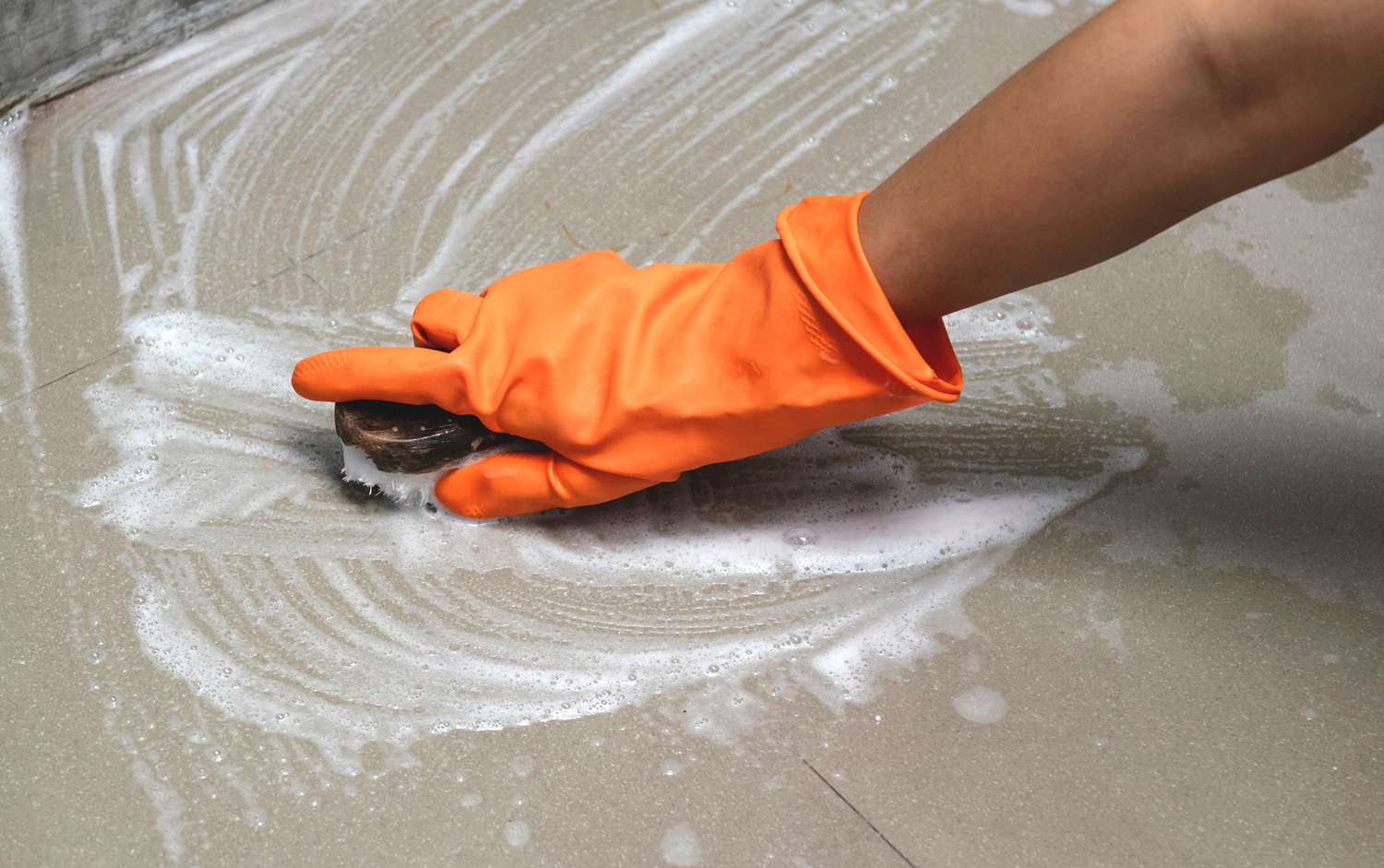
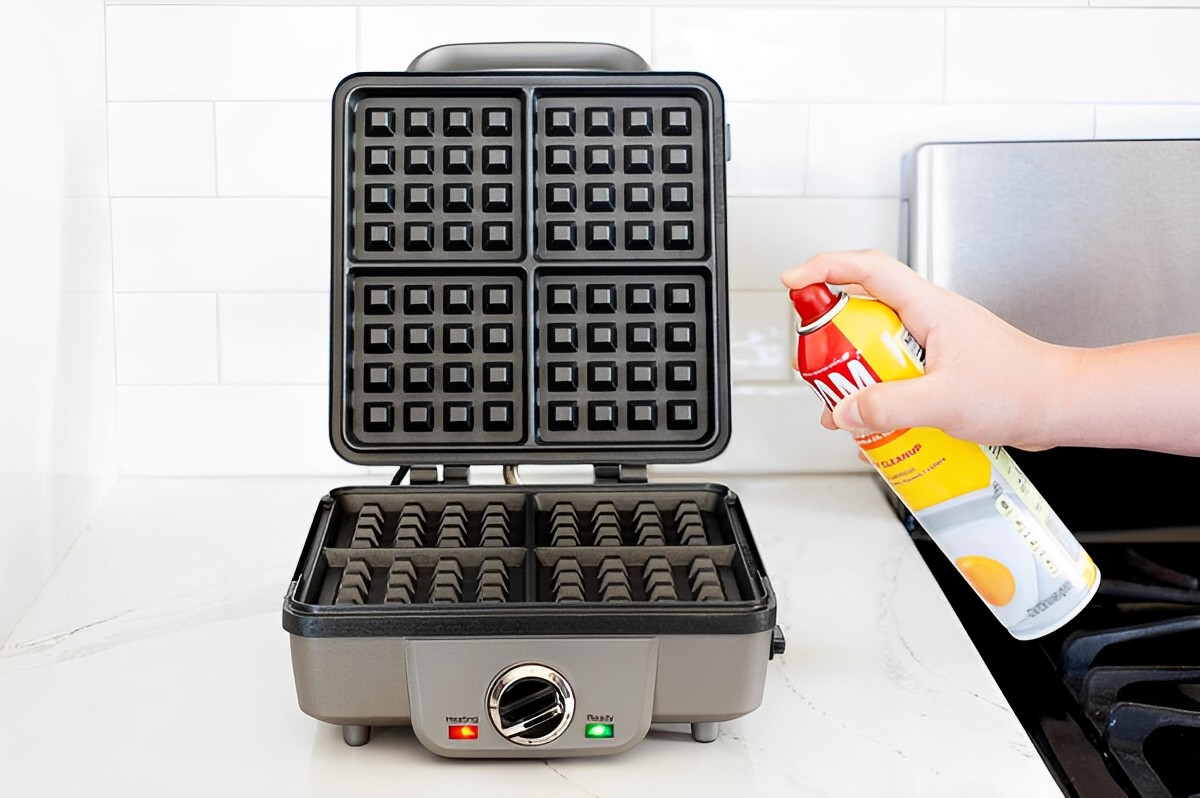
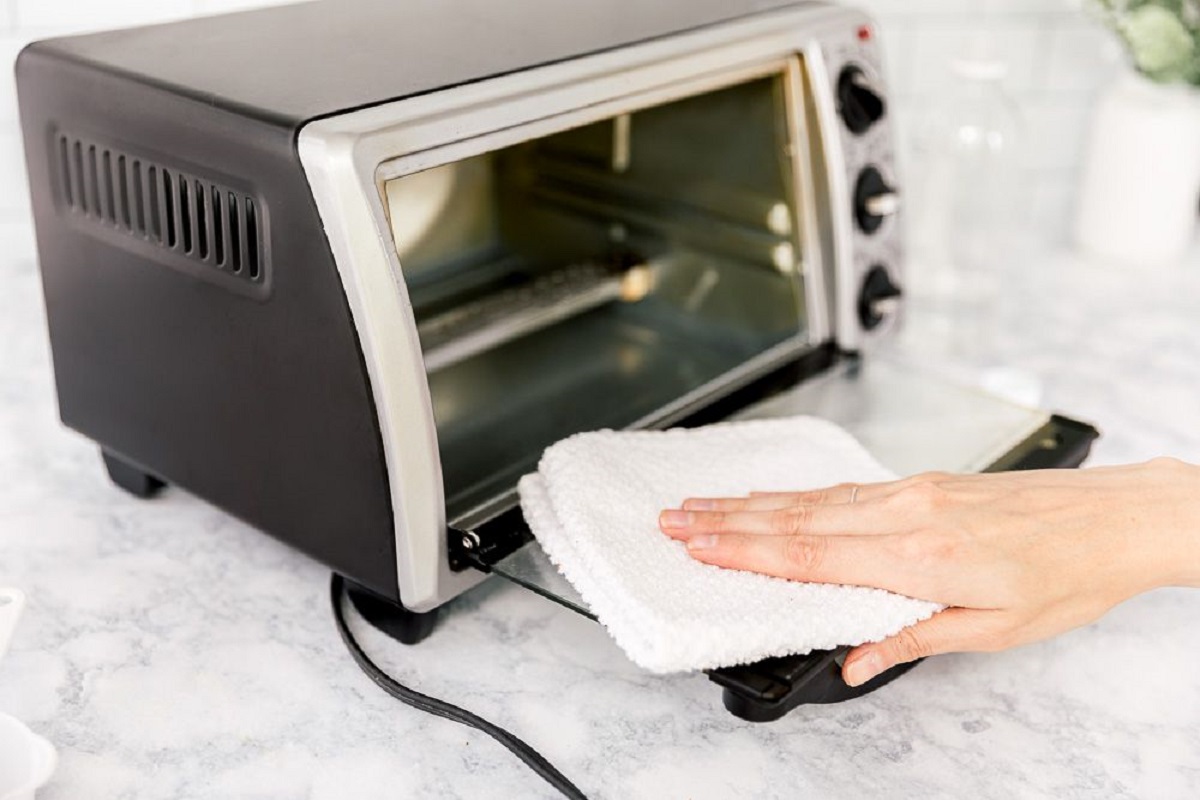
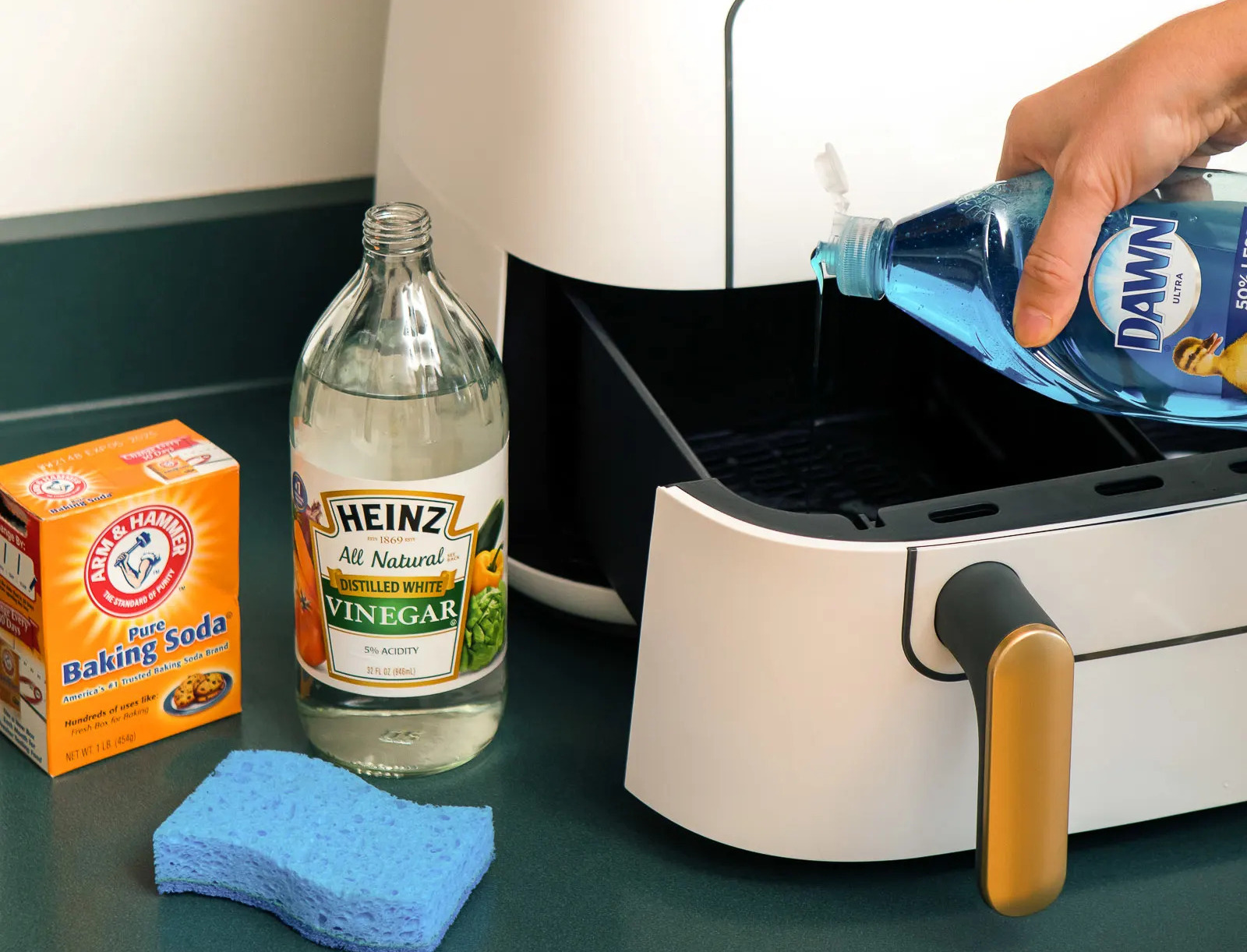
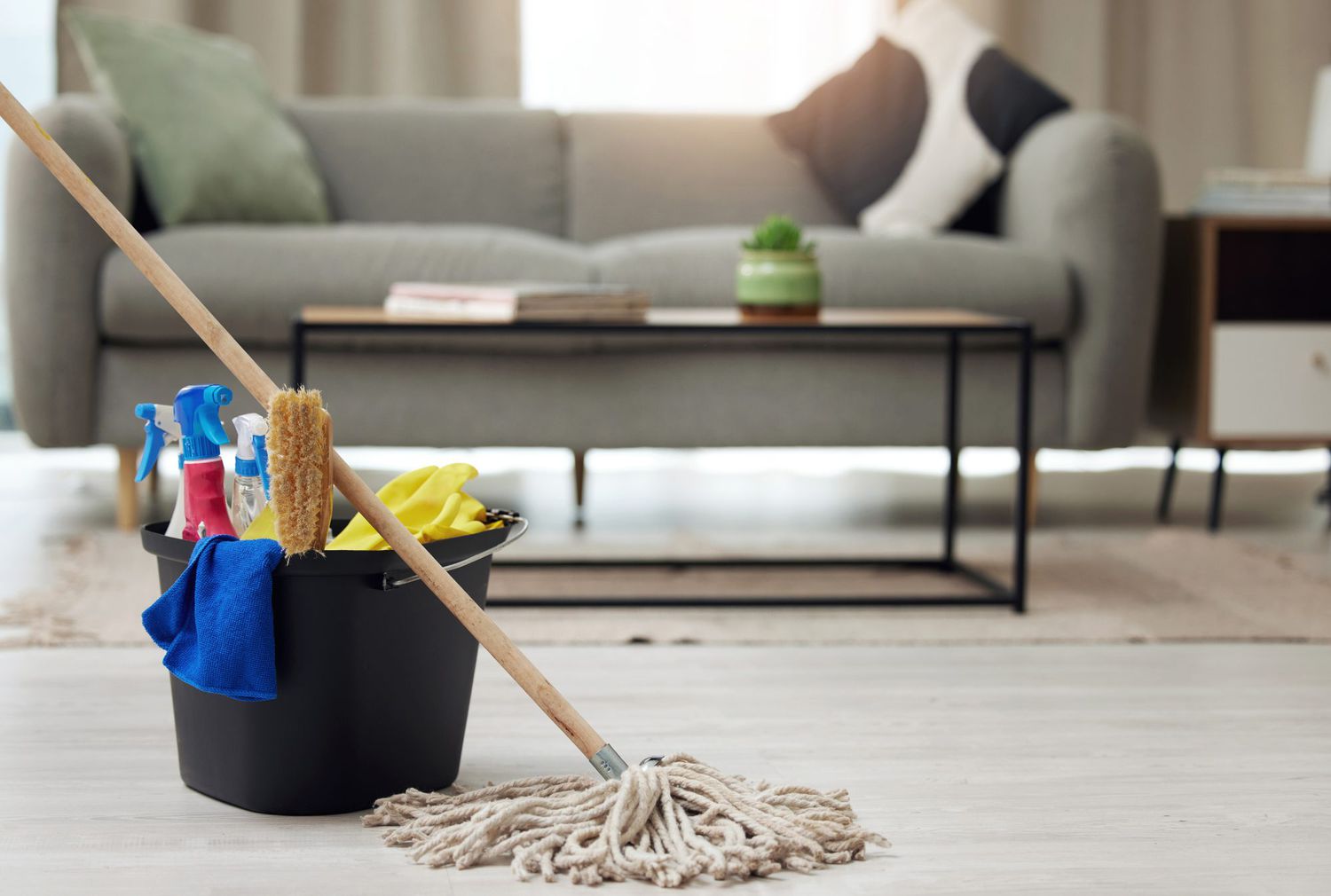
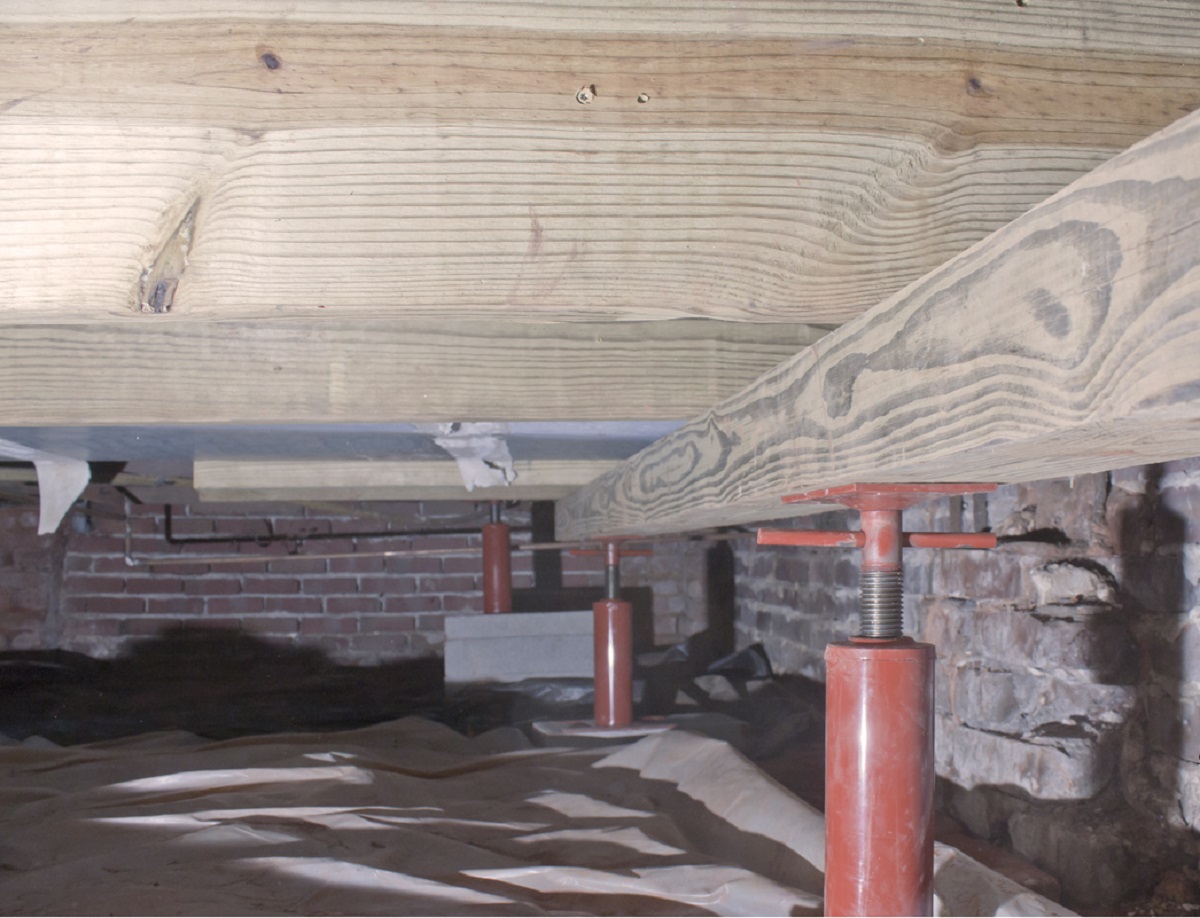
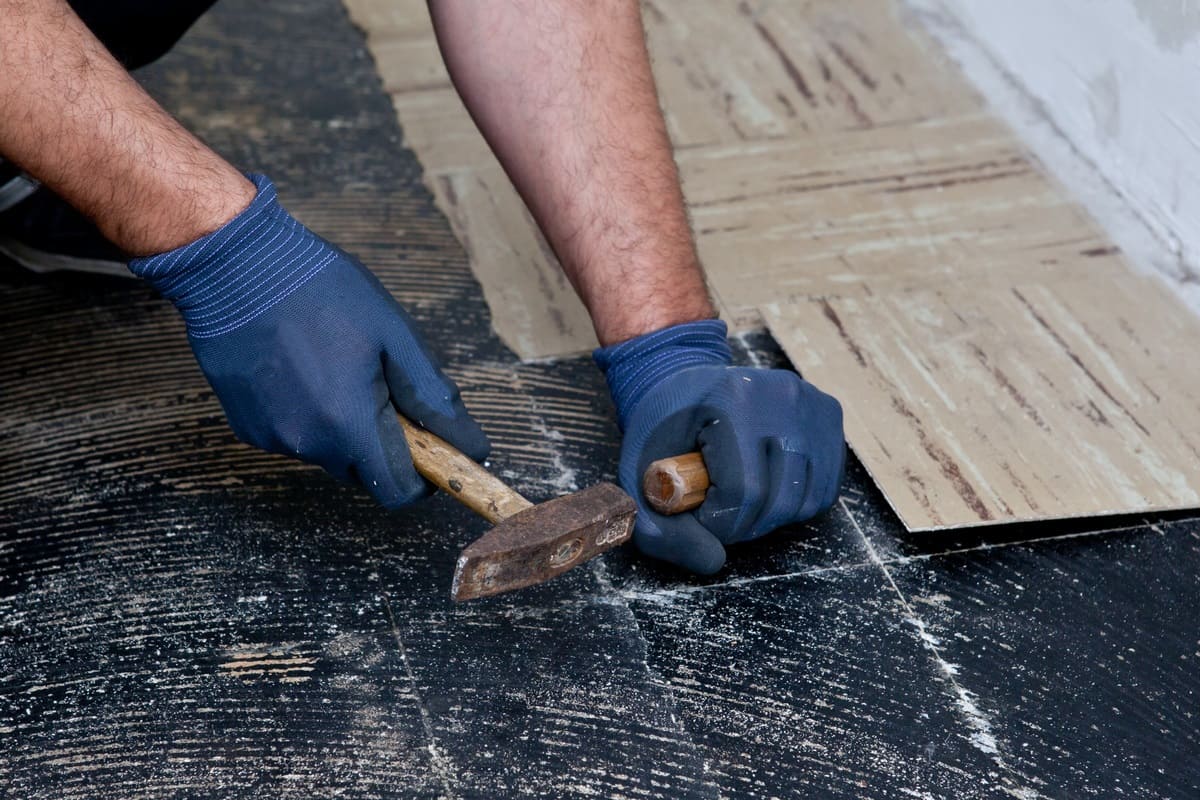
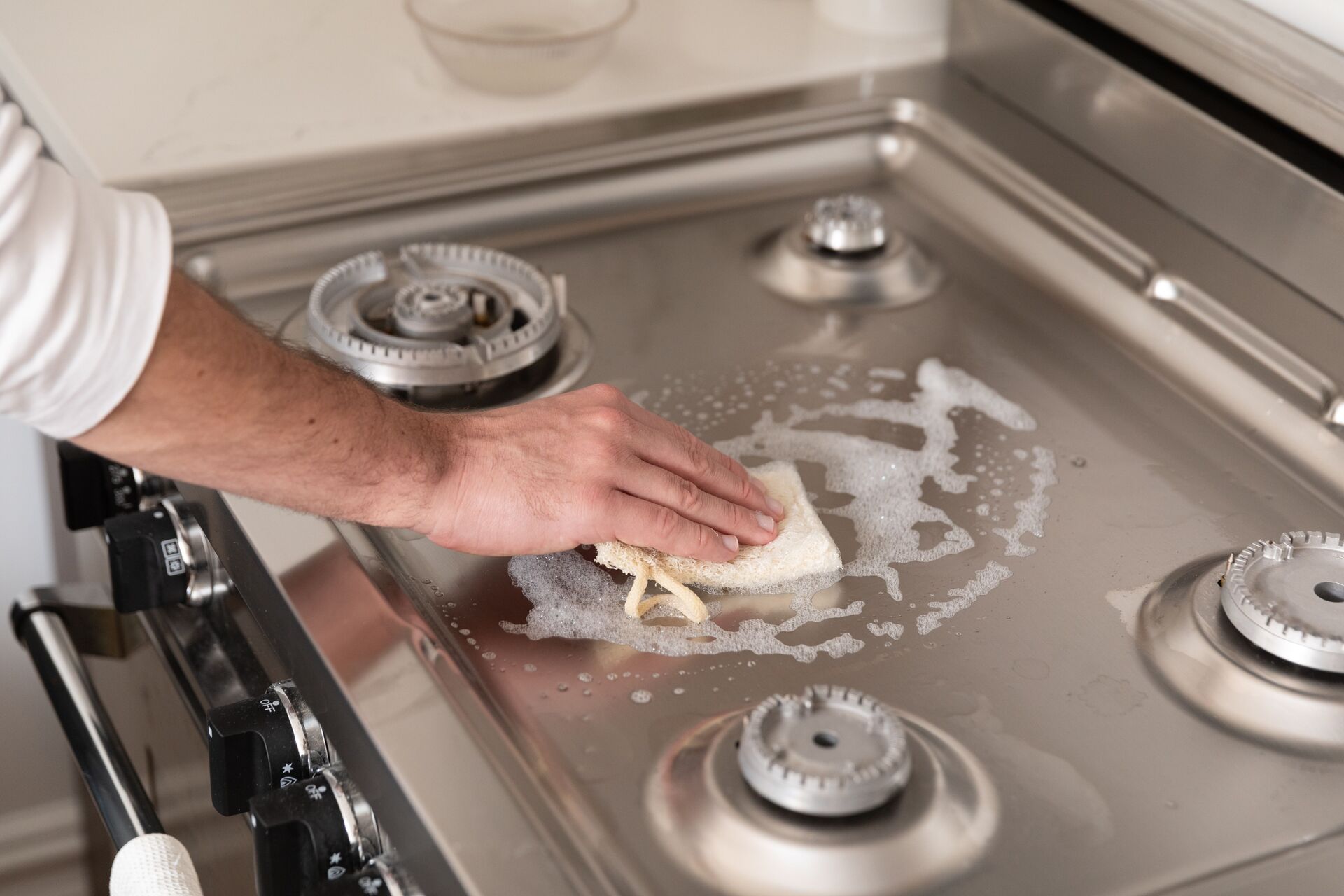
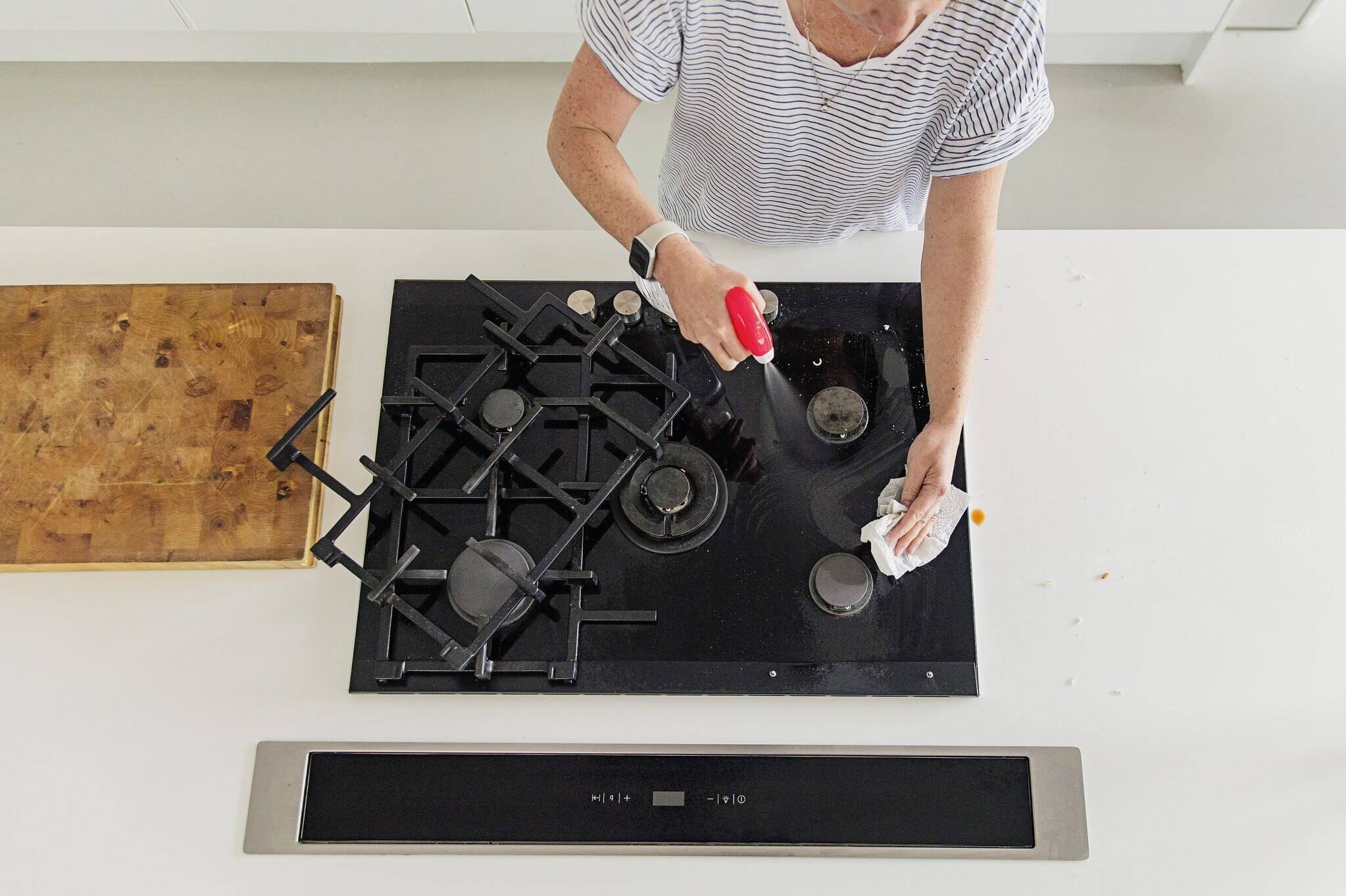
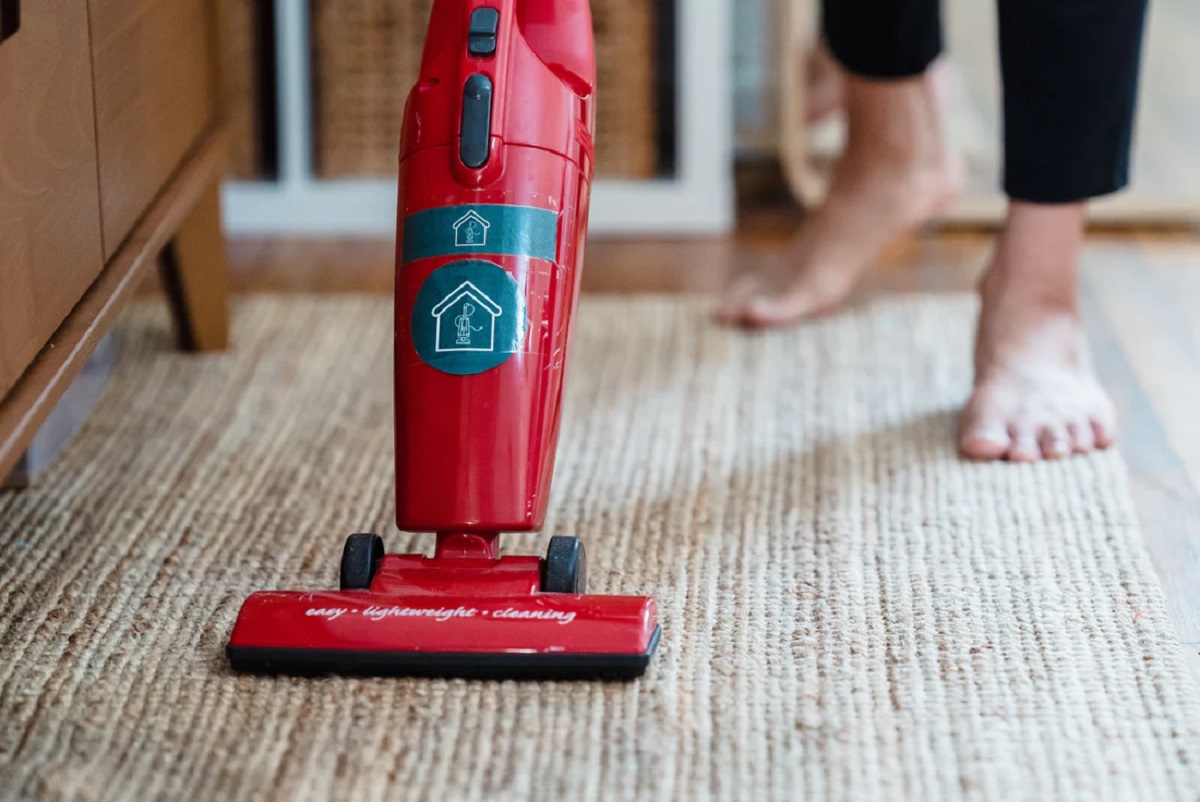
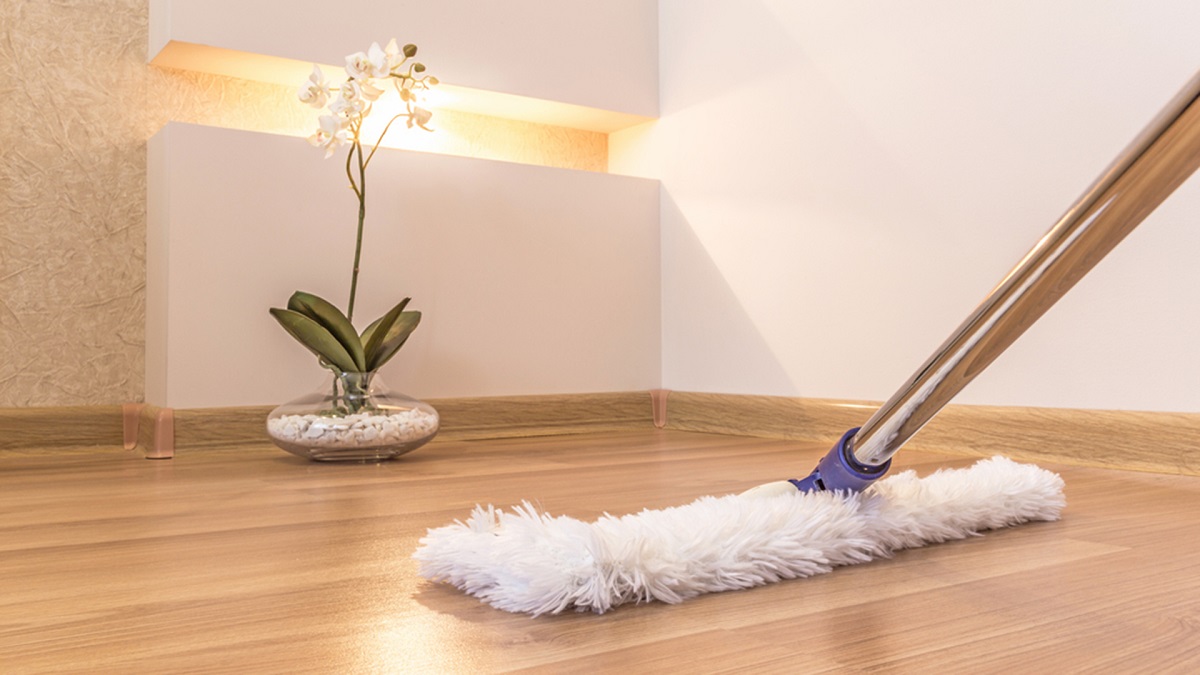
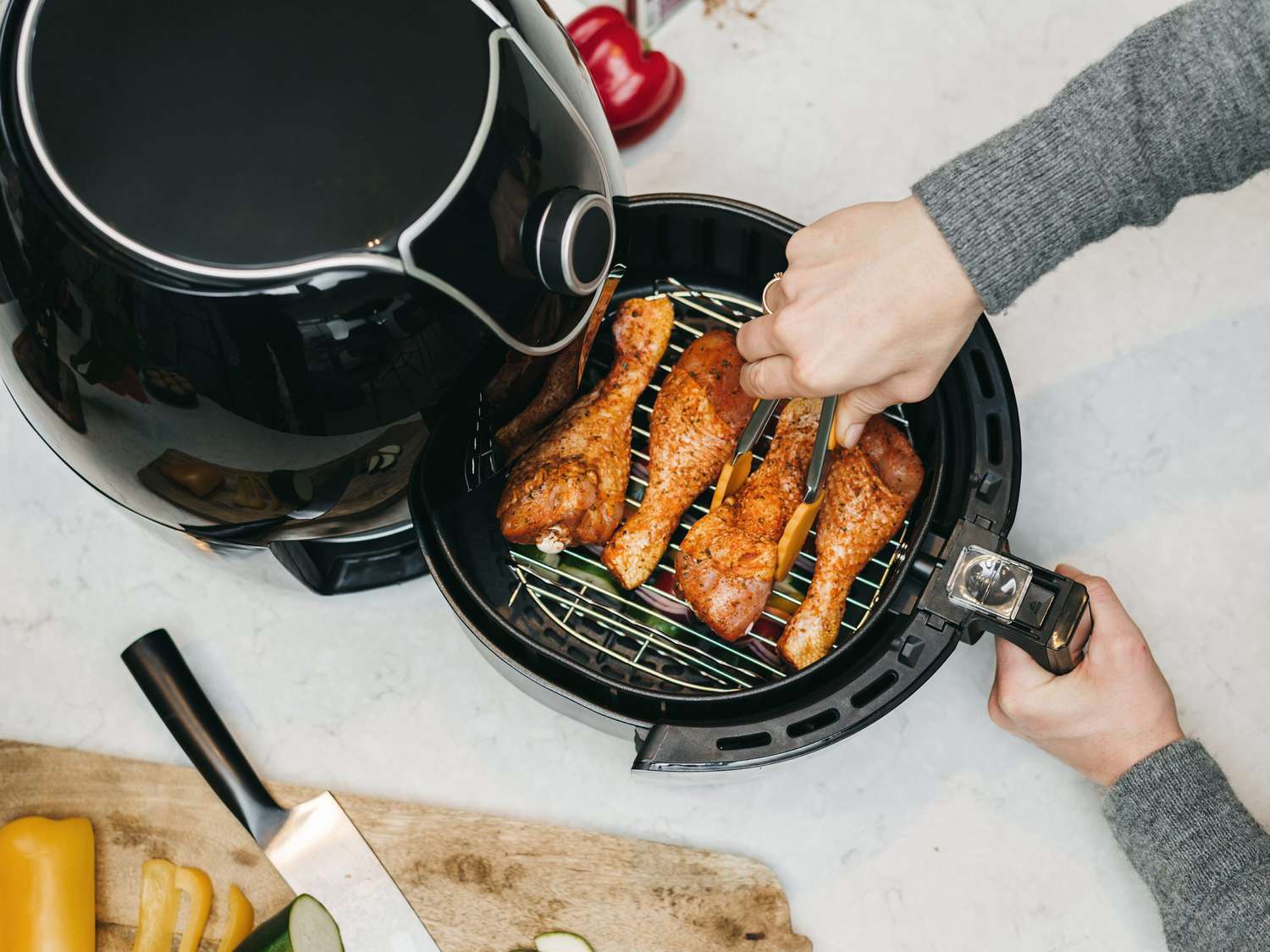
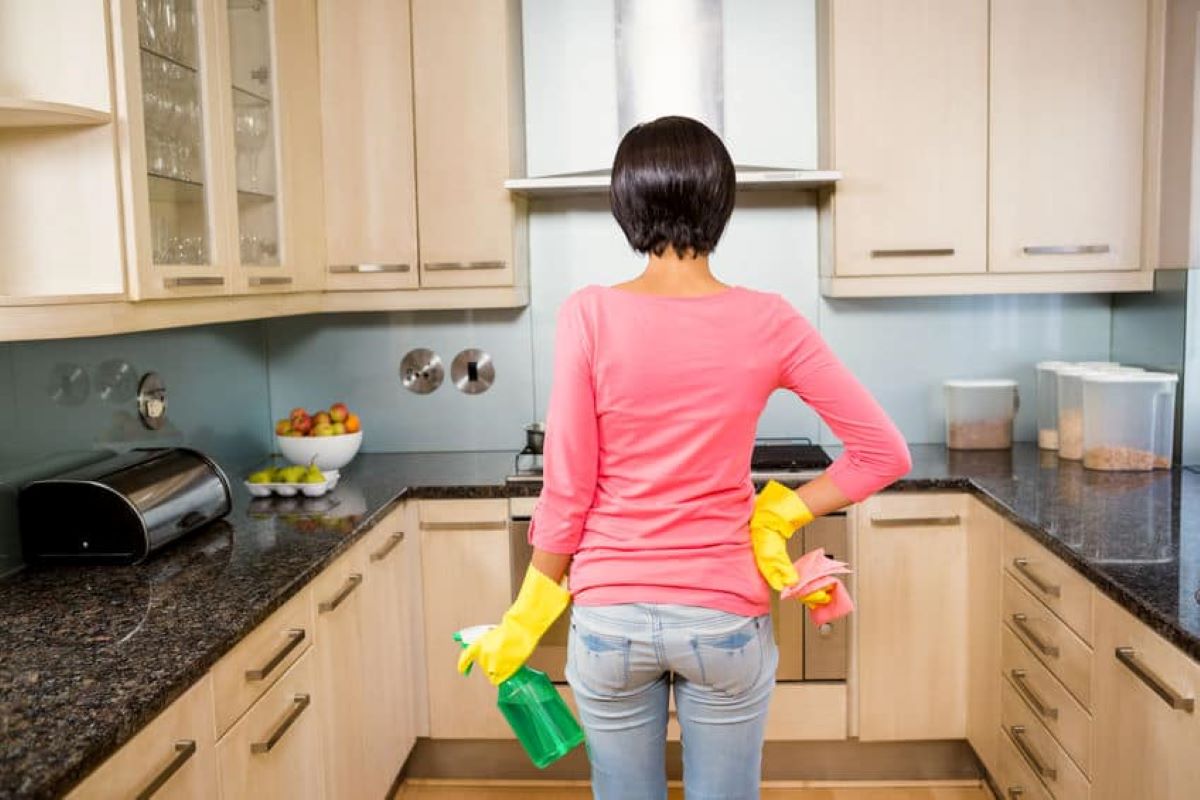

0 thoughts on “How To Clean Up Grease On Floor”